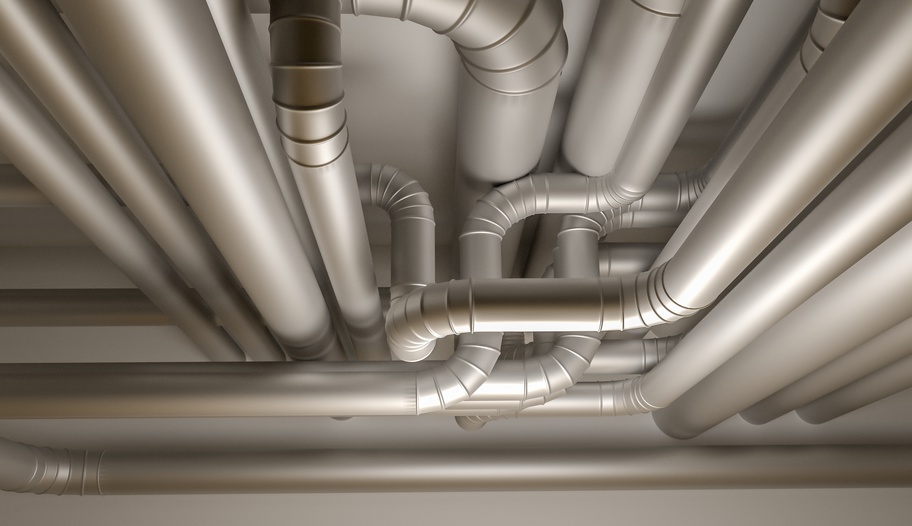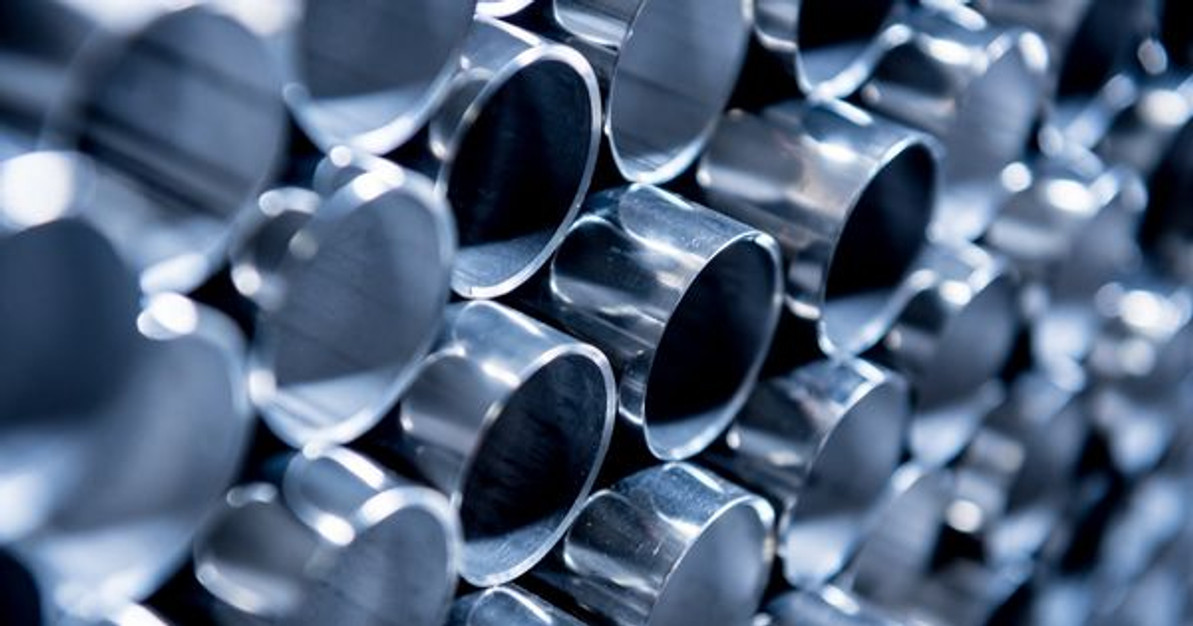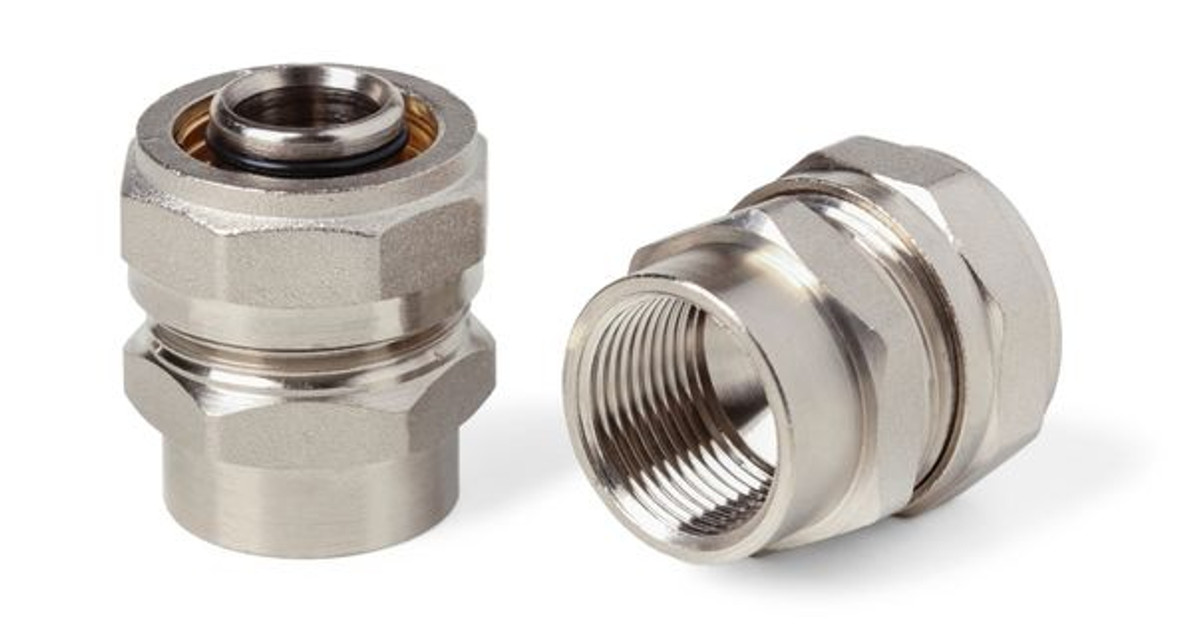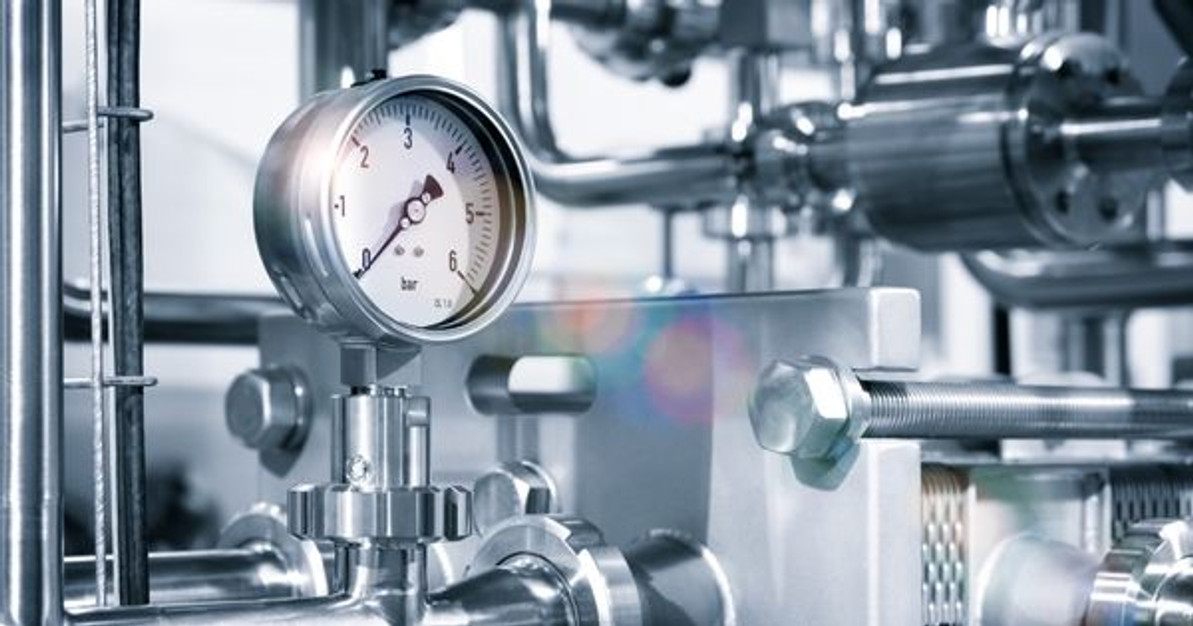 Mar 31st 2020
Mar 31st 2020A Guide on Stainless Steel Sanitary Strainers

Sanitary strainers are crucial parts of your production process. The strainers filter out solid particles within your product medium, thus maintaining product quality. Removing the particles also keeps your equipment safe while improving your productivity.
Stainless Steel Sanitary Strainers
Strainers are made in a variety of shapes and sizes using different steel alloys, depending on their industrial use. The filters come in two versions:
- Basket strainers: Commonly used in large fluid flows in industrial production. The basket wire cloth is placed low on a downward stream pipe. They offer a higher solid capture percentage.
- Y-shape strainers: Are used in small manufacturing industries within the dairy or pharmaceutical sectors. The strainers have a robust design that makes them durable. They are also easy to disassemble and clean.
- Industrial use or intended purpose: strainers have different applications in a variety of industries, each with its requirement for product purity. Pharmaceutical and food industries utilize Class 3A strainers for filtering processes.
- Particle size: The strainer you choose should fit the particle characterization of the solids you want to filter out. Particle size affects the type of wire cloth used on the filter.
- Flow rate: Different strainers withstand different flow rate pressures. Pushing large volumes of liquid through a small sieve may lead to hold-ups and even blockages.
Stainless steel grade 316L and 304 are the most widely used in manufacturing sanitary valves, strainers, filters and other sanitary fittings. 316L grade is approved for use in the pharmaceutical and food processing industries. It is highly resistant to corrosion from chlorides due to added molybdenum. The different steel grades can withstand extremely high and low temperatures. 304 and 316 are used for temperatures up to 1700°F, 309(S) at 2000°F, and 310(S) for temperatures above 2100°F.
Benefits of Using Stainless Steel Sanitary Strainers
First, it’s for the maintenance of product quality and integrity. Sanitary strainers filter out harmful pathogens and particles that may be present in your liquid products. The CDC estimates that over 48 million Americans experience a foodborne disease every year. Food processors usually get the brunt of the blame hence the need to prevent cross-contamination during the production process. Using 3A sanitary strainers in your production process may help filter out the pathogens.
Secondly, you may enjoy increased productivity within your production floor. Accumulation of solid particles in equipment leads to increased breakdowns. The halting of the production process to continually repair your damaged equipment negatively impacts your profit margins. Quality sanitary strainers are necessary to keep your business operating.
Additionally, strainers help to protect your valuable equipment. Machines and pipes exposed continuously to the solid particles are prone to corrosion. Corrosion of the steel surface leads to weaker supports that pose a safety hazard to your staff. Corrosion may also lead to rusting that supports the growth of bacterial colonies that may contaminate your product. Investing in sanitary strainers helps minimize these detrimental effects on your machines.
Choosing the Right Stainless Steel Sanitary Strainer
Several factors come into play when choosing the right sanitary strainer for your production process. These factors may include:
In Conclusion
Sanitary strainers play a crucial role in maintaining the quality of your product. They also help to protect your equipment and maintain productivity throughout the production process. Finding the right strainer may help you make your production process efficient.
 Mar 31st 2020
Mar 31st 2020Recent Posts
-
Nov 7th 2022
What Is Food-Grade Stainless Steel Tubing?
Businesses that produce food and beverage products must operate hygienically. Sterile environments a …Nov 7th 2022
-
Oct 11th 2022
Why Sanitary Fittings Are Important for the Medical Industry
Sanitary fittings are useful for many industries. Food and beverage manufacturers have used these to …Oct 11th 2022
-
Sep 23rd 2022
What Is the Max Operating Temperature for Stainless Steel?
Stainless steel is valued in many industrial applications because it’s capable of withstanding high …Sep 23rd 2022



